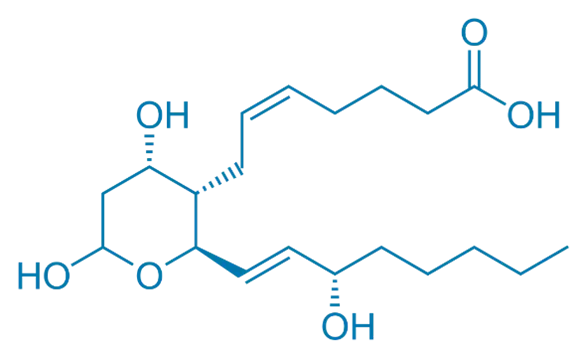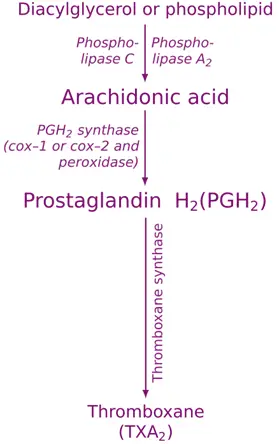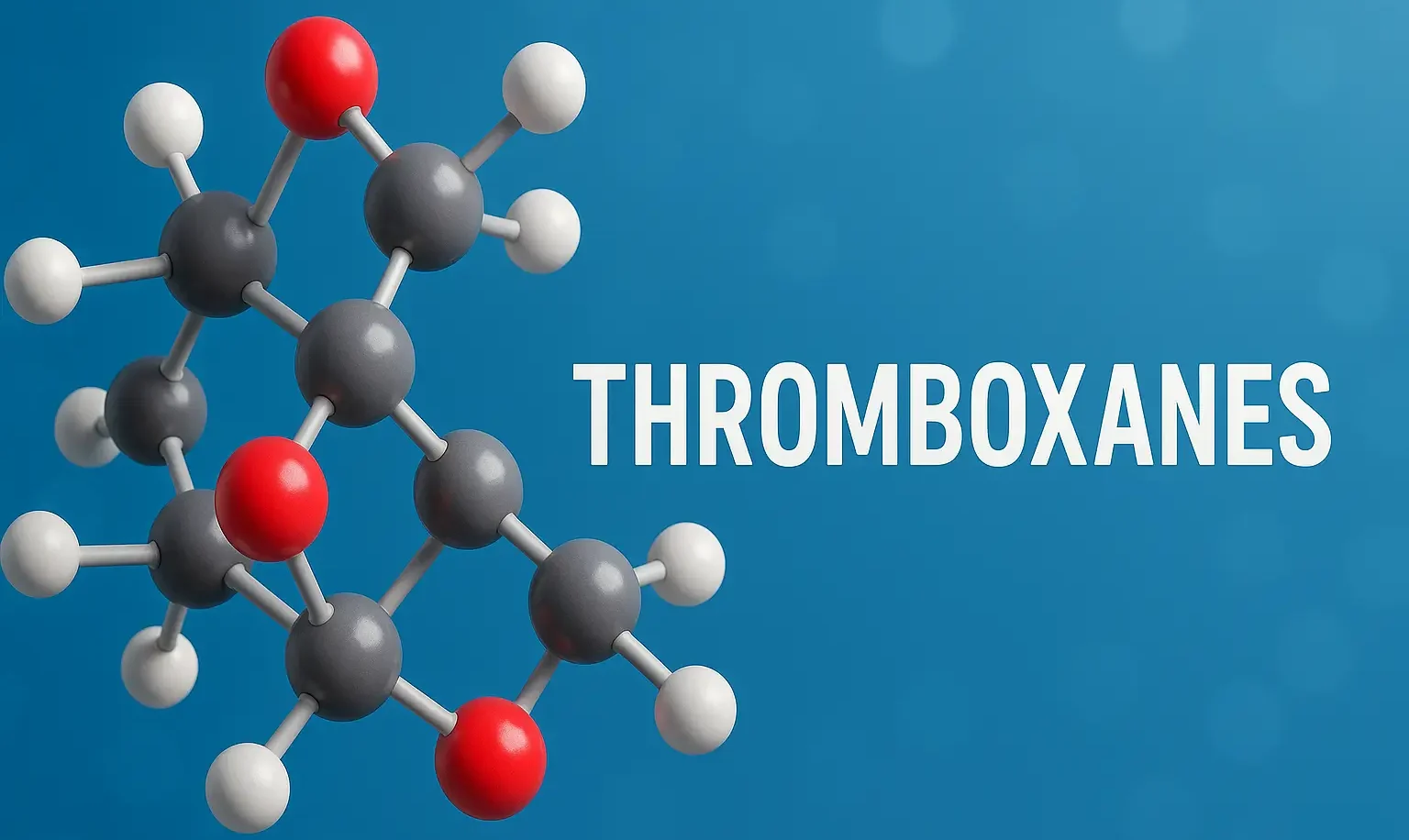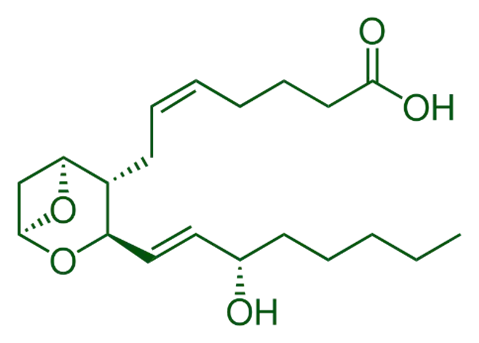- Thromboxanes are eicosanoids derived from arachidonic acid via the COX pathway, specifically from PGH2.
- Thromboxanes play significant roles in hemostasis and vascular function.
- These three groups are collectively called eicosanoids, derived from arachidonic acid via the cyclooxygenase (COX) or lipoxygenase pathways.
Major Thromboxanes:
-
TXA2 (Thromboxane A2):
- Functions: Promotes platelet aggregation and vasoconstriction, essential for blood clot formation.

- Functions: Promotes platelet aggregation and vasoconstriction, essential for blood clot formation.
-
TXB2 (Thromboxane B2):
- Function: Inactive metabolite of TXA2, used as a marker for thromboxane production.
Advertisements

Synthesis:

Advertisements
- Platelet Activation: Upon vascular injury, platelets release arachidonic acid.
- COX Pathway: COX-1 in platelets converts arachidonic acid to PGH2.
- Thromboxane Synthase: PGH2 is then converted to TXA2.
Pharmacological Effects:
- Platelet Aggregation: Strongly promote platelet clumping, essential for blood clot formation.
- Vasoconstriction: Cause narrowing of blood vessels, increasing blood pressure.
- Hemostasis: Aid in stopping bleeding by facilitating clot formation at injury sites.
Advertisements
Examples of Thromboxanes:
- TXA₂ (Thromboxane A₂): Potent inducer of platelet aggregation and vasoconstriction.
- TXB₂: Inactive metabolite used as a marker for thromboxane production.


